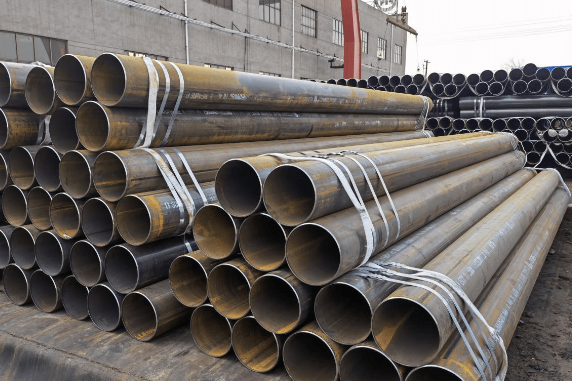1. Classification of supply status
Before choosing the hardness testing method for
carbon steel, you need to first understand the different supply statuses of steel. The following three common ones are:
1. Annealing state: The steel has been annealed and has a uniform internal structure and no residual stress.
2. Cold drawn state: The steel has been cold worked during the manufacturing process, so there are residual stresses inside and the hardness is relatively high.
3. Normal state: ordinary carbon steel that has not undergone special heat treatment or cold processing, with moderate hardness.

2. Hardness measurement by indentation method
1.Measurement steps
The indentation method is a commonly used hardness measurement method, usually applied to carbon steel in the annealed or normal state. The measurement steps are as follows:
(1) Press an indenter of a certain size and shape on the surface of the steel to produce an indentation with a certain depth and diameter.
(2) Measure the diameter of the indentation and calculate the pressure value exerted by the indenter on the surface.
(3) Calculate the hardness value of steel based on the relationship between pressure and indentation diameter.
2. Advantages and Disadvantages
The indentation method can compare the hardness of different materials and has a wide range of applications, but it requires certain experience and skills to ensure the accuracy of the measurement results.
3. Rebound method to measure hardness
1.Measurement steps
The rebound method is a hardness measurement method suitable for carbon steel in the cold drawn state. The measurement steps are as follows:
(1) Grind a flat arc-shaped pit on the surface of the steel.
(2) Hit the steel ball at the center of the pit with a certain force.
(3) Use a probe to measure the height of the steel ball after it rebounds, and calculate the hardness value of the steel.
2. Advantages and Disadvantages
The rebound method has high measurement accuracy and is not affected by the thickness of the quenching layer, but it is only suitable for measuring carbon steel in the cold drawn state and requires the use of professional equipment.
【in conclusion】
When choosing a suitable method for measuring the hardness of carbon steel, you need to pay attention to the supply status of the steel and the requirements for measurement accuracy. Generally speaking, the indentation method is suitable for steel in the annealed or normal state, and the rebound method is suitable for steel in the cold drawn state. No matter which method is used, you need to pay attention to the measurement skills and the stability of the experimental environment in order to obtain accurate hardness values.

 English
English Español
Español




 Tel : +86-18565811709
Tel : +86-18565811709 Email :
Email : 

 News
News




